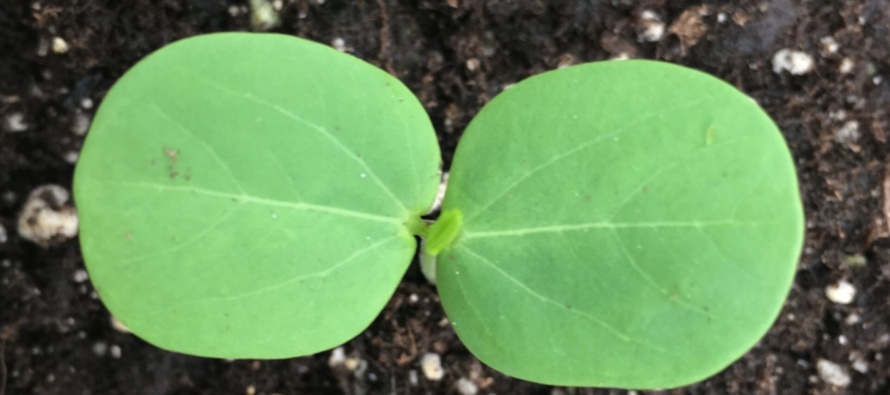Sicklepod

Related Articles
- Calcium and Magnesium For Mississippi Crops 1
- March 11 Precision Agriculture Workshop 0
- Ground Speed Affects Spray Droplet Deposition 0
Latest Tweets
Sicklepod
Weed Flora of Mississippi
Prepared by
Taghi Bararpour and Jason Bond
Family: Leguminosae (Fabaceae)
Genus: Senna Species: obtusifolia
History: A member of the Fabaceae family and subfamily of Caesalpinoideae, it is widely distributed throughout the world. Irwin and Turner (1960) stated it is distributed in tropical America, Asia, Africa, and throughout the United States and is present most often in the southeast (Webster 2001). Its center of origin is tropical, but the time and point of entry into the United States is unknown (Brown and Bridges 1989).
Life Cycle: Summer annual
Special Characteristics: Sicklepod has many characteristics that enable it to thrive in a variety of environments. The weediness of sicklepod can be attributed to its potential to produce many seeds. Sicklepod exhibits an extended emergence period. Seed coat hardness is a mechanism of sicklepod seed survival.
Roots: Taproot
Stems: Erect, branched
Leaves: Alternate, pinnately compound with 3 to 10 leaflets.
Flower: Petals yellow
Seeds / Fruit: Brownish, angular seed are produced in a long, slender, curved seed pod.
Seedling: Cotyledons rounded with 3 to 5 distinct veins.
Interference: Sicklepod is one of the 10 most troublesome weeds in 10 of the 12 states surveyed in the southeastern United States (1998). Sicklepod can reduce cotton yields from 45 to 80% at densities of 7 plants m-2. Sicklepod reduced soybean yield 20 to 30% at densities of 3 to 10 plants m-2.





Let me tell You a sad story ! There are no comments yet, but You can be first one to comment this article.
Write a comment